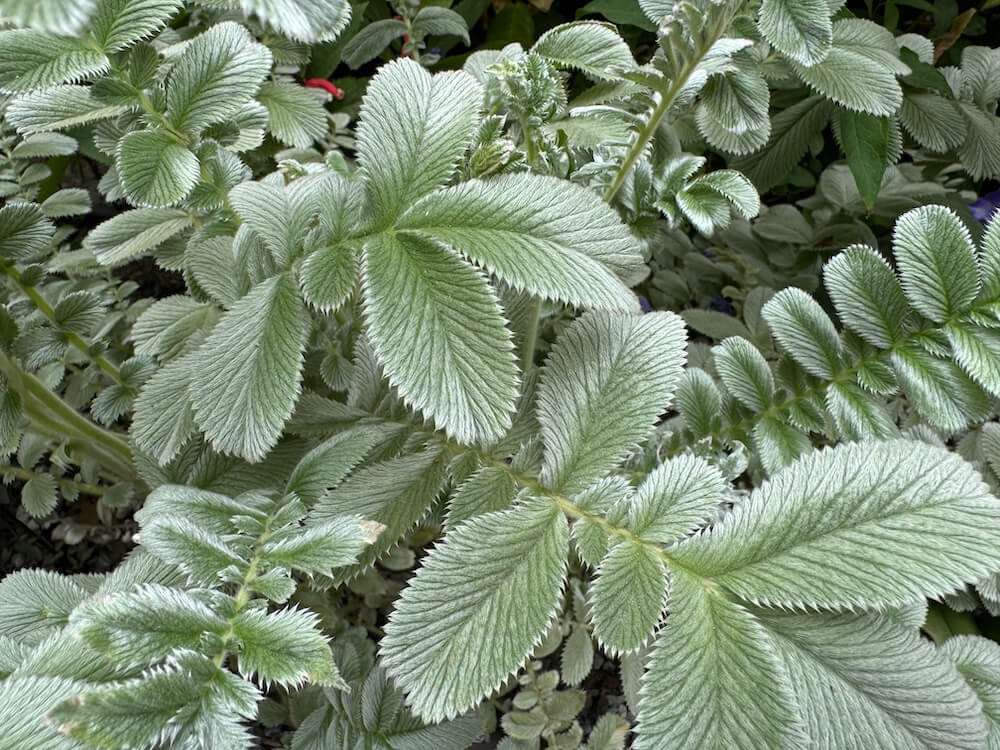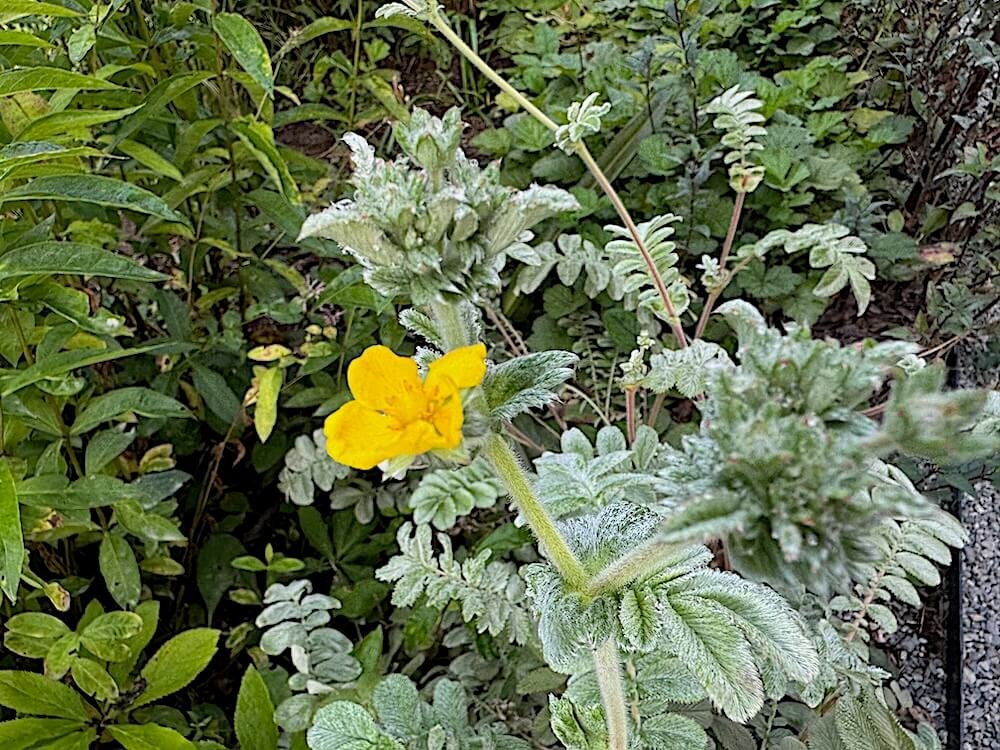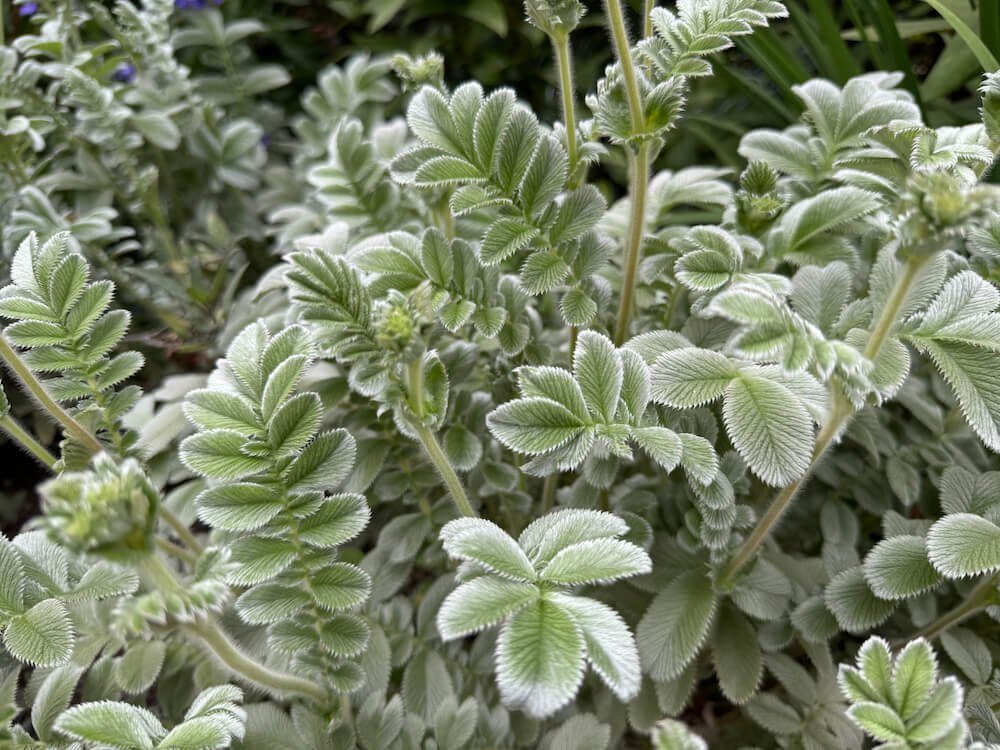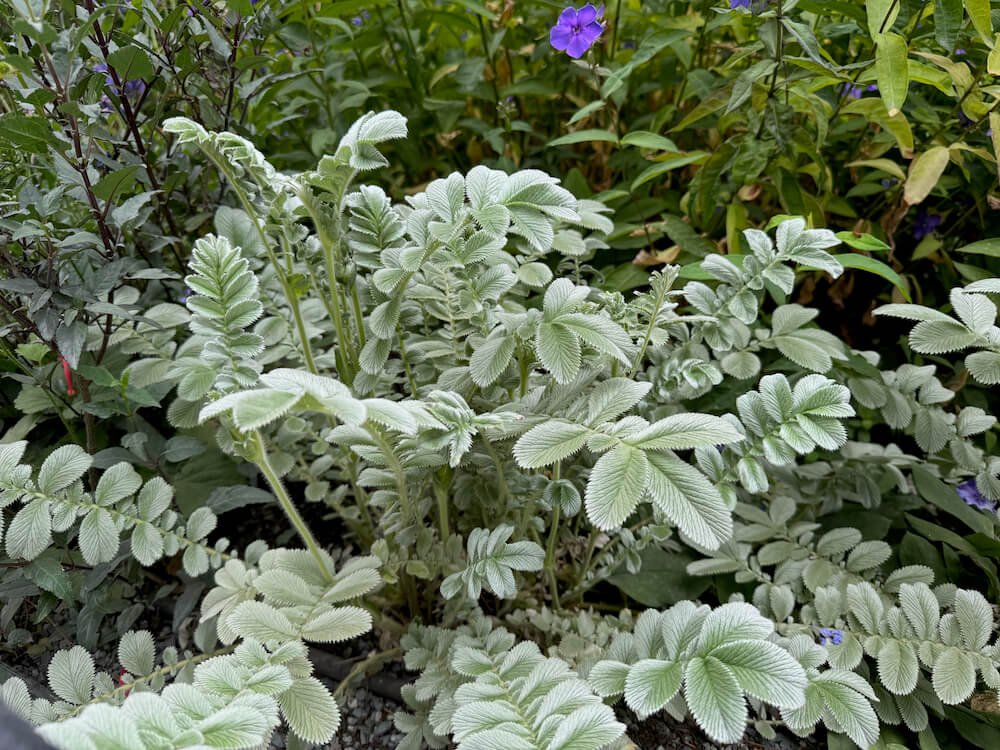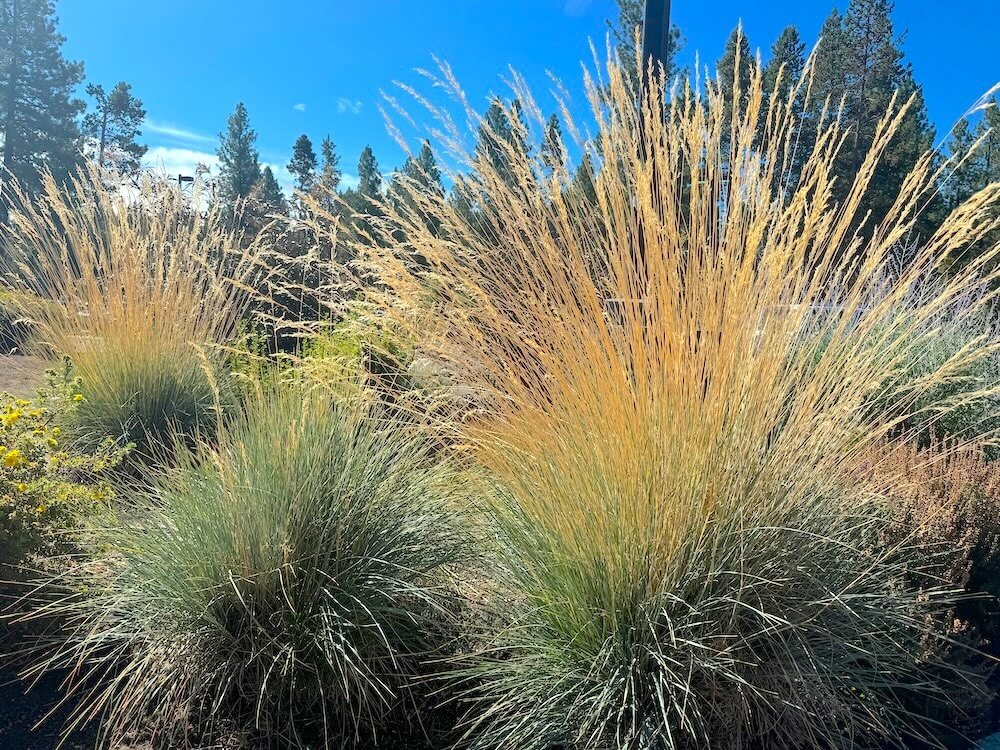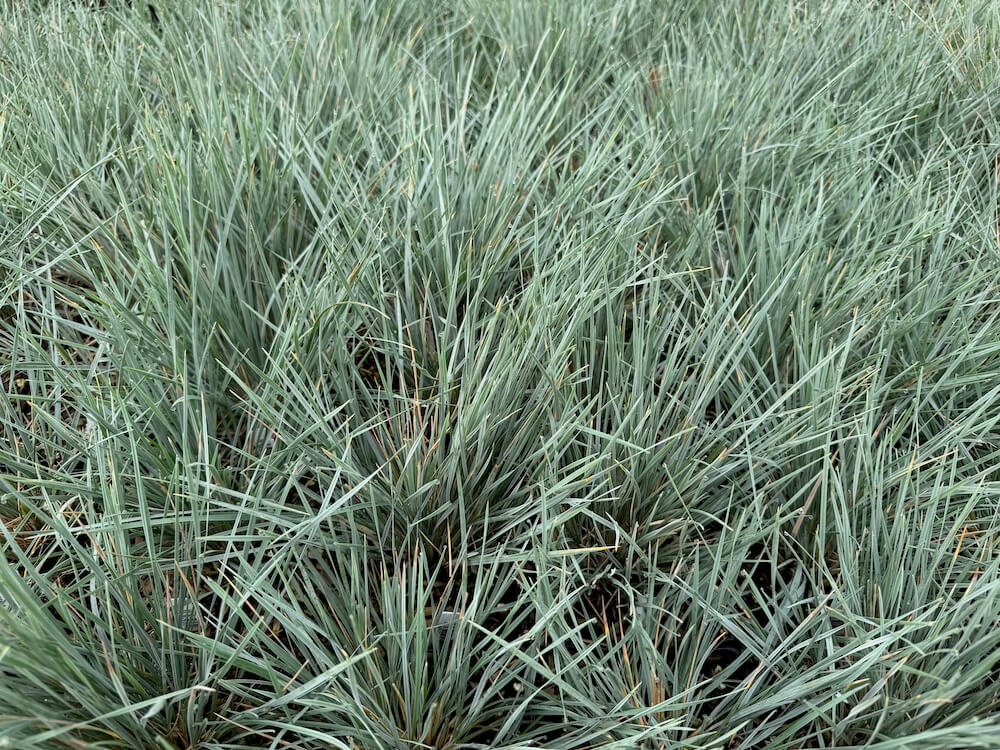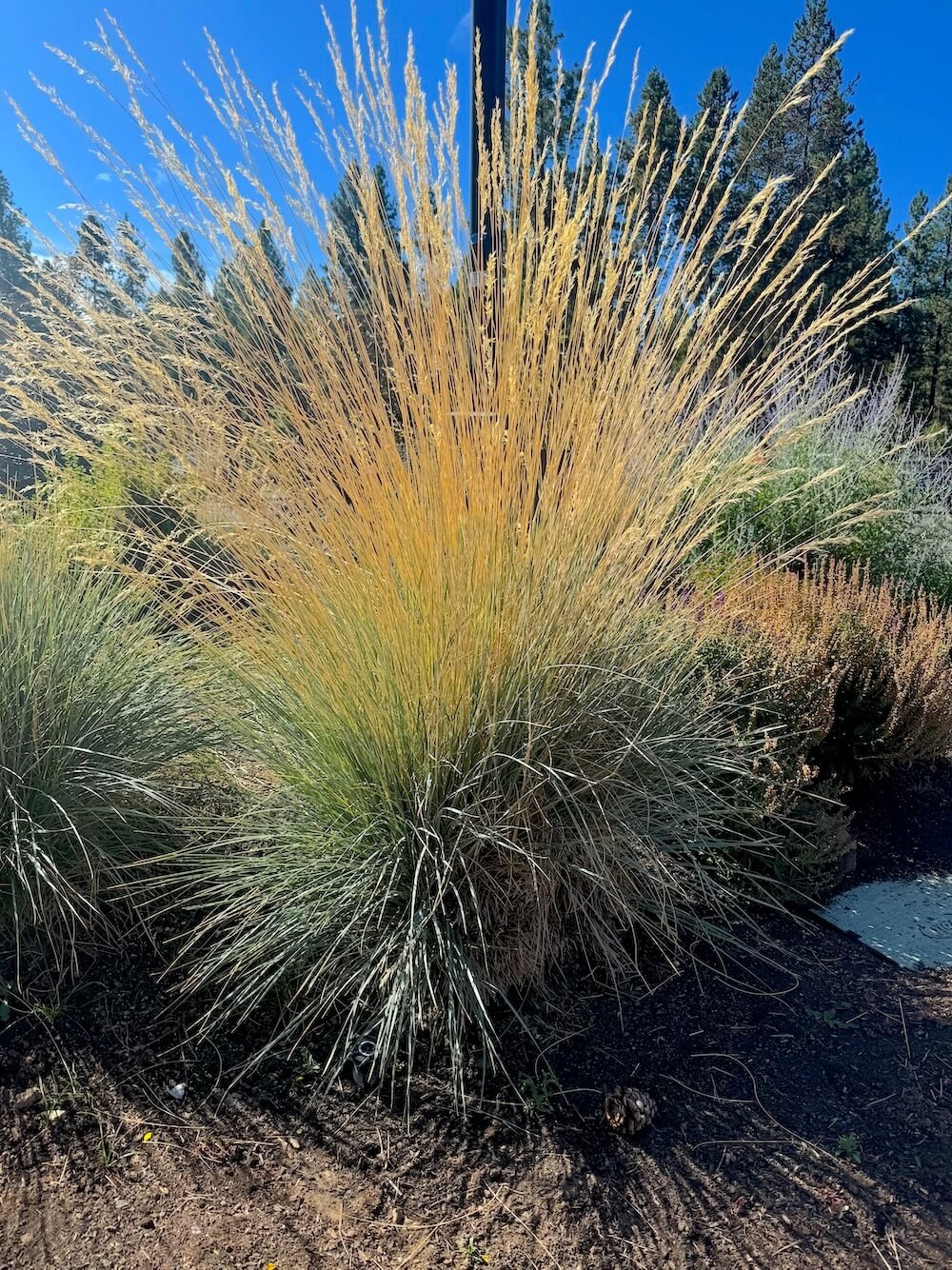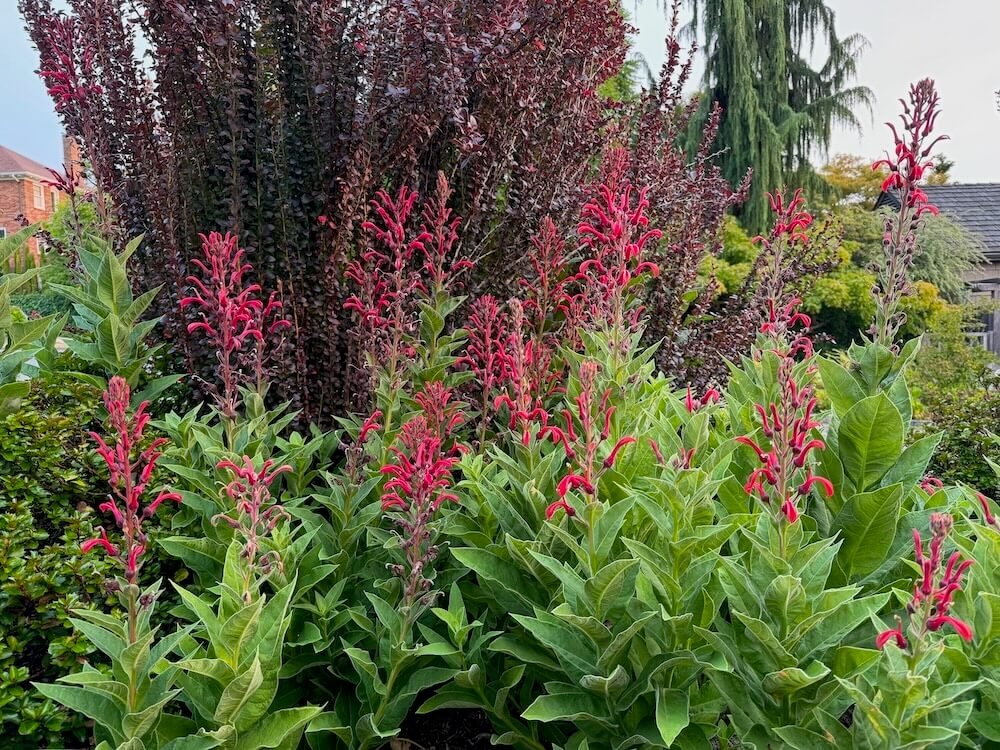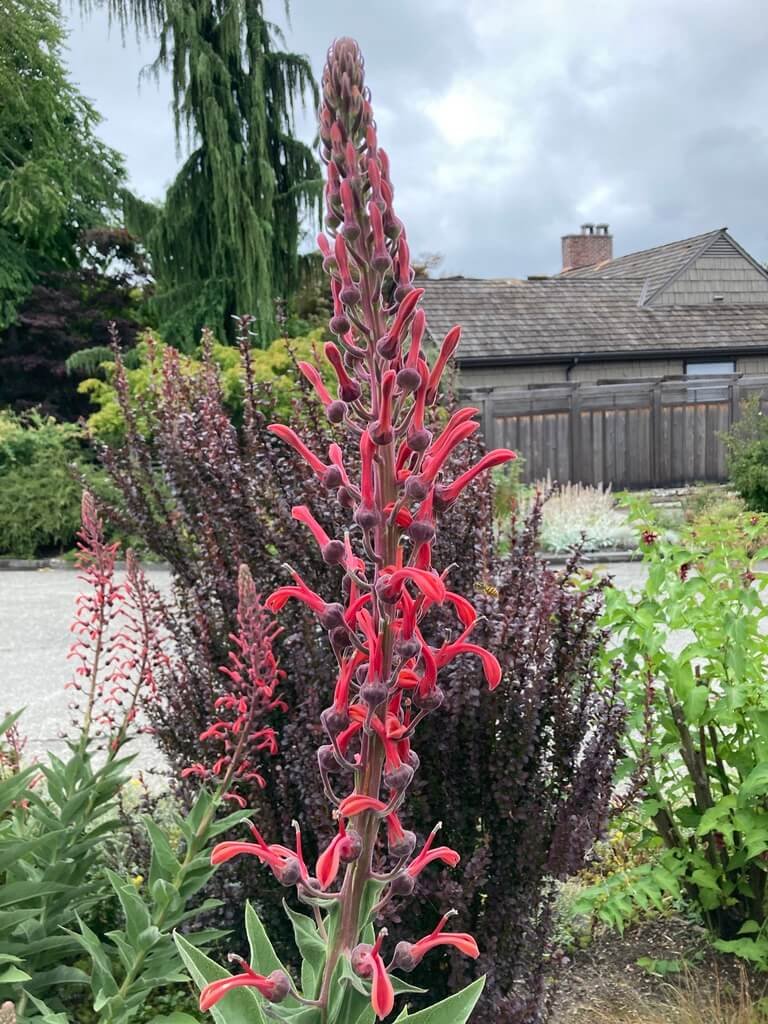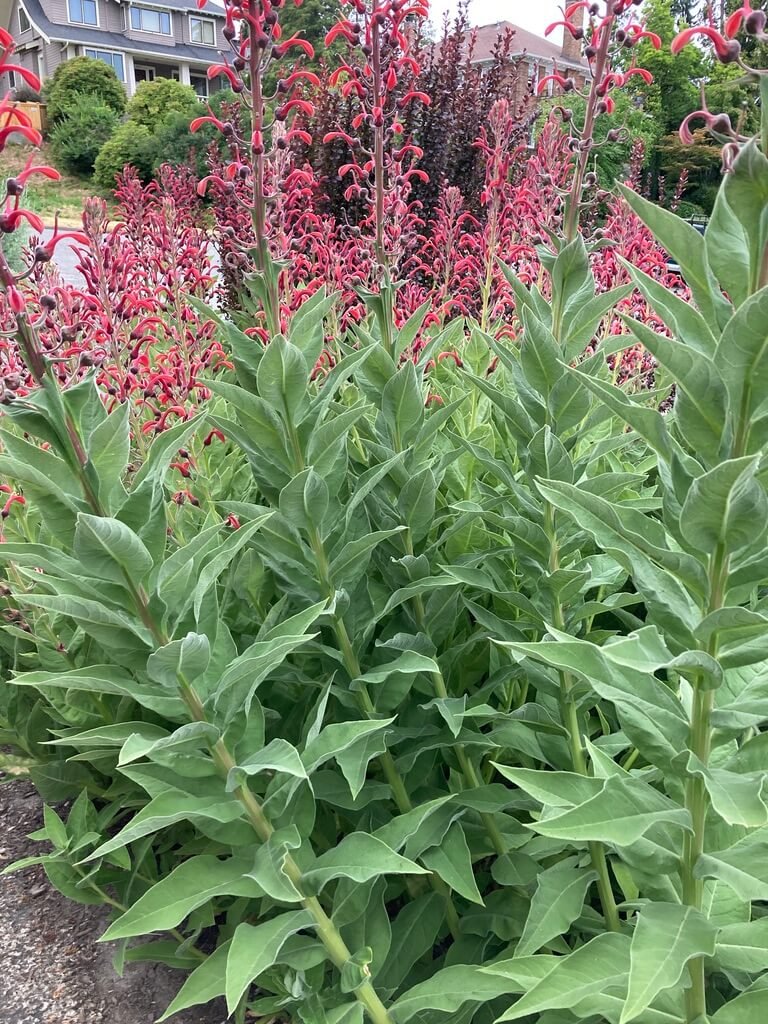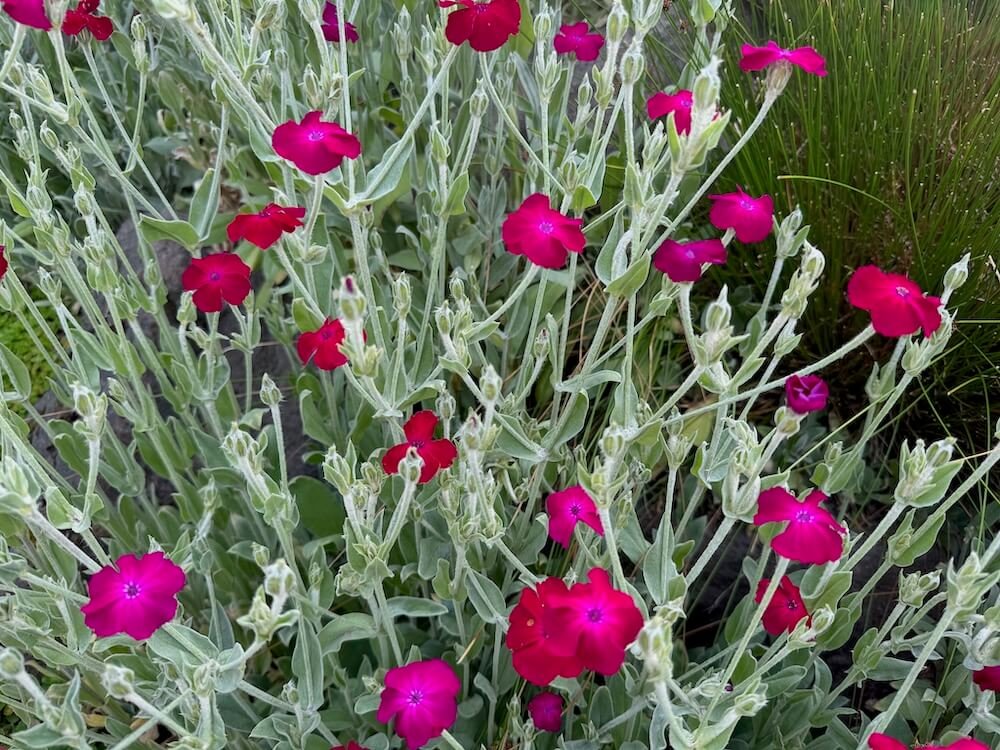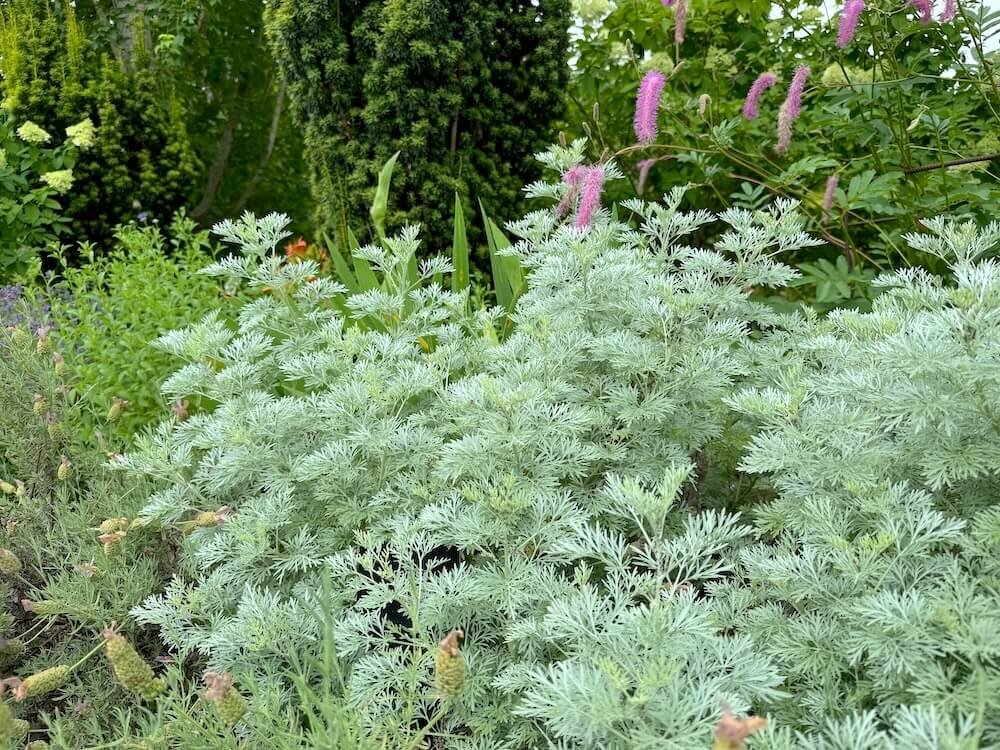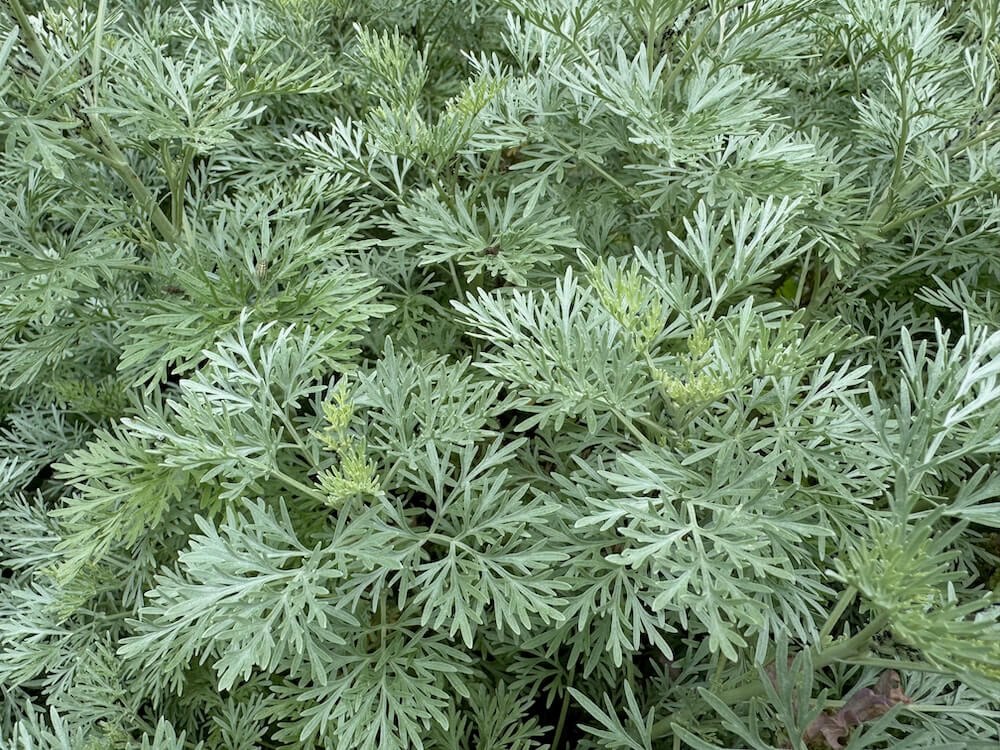DESCRIPTION
Potentilla lineata features finely divided, silvery-green foliage that lends a delicate texture to garden landscapes. Its leaves have a soft, almost feathery appearance, showcasing silver undersides that add a subtle shimmer when caught by sunlight or breeze. Native to the mountainous regions of Central Asia, this species is well adapted to rocky terrains, giving it a rugged resilience and unique charm suited for rock gardens or naturalized settings.
Blooming from late spring to early summer, Potentilla lineata produces clusters of soft yellow, cup-shaped flowers that emerge above the foliage. These blooms add a cheerful pop of color, attracting pollinators like bees to the garden. Its hardy, low-maintenance nature and intricate foliage make it a lovely addition to mixed beds, borders, or alpine gardens where it can thrive alongside other sun-loving perennials.
DESCRIPTION
Potentilla lineata features finely divided, silvery-green foliage that lends a delicate texture to garden landscapes. Its leaves have a soft, almost feathery appearance, showcasing silver undersides that add a subtle shimmer when caught by sunlight or breeze. Native to the mountainous regions of Central Asia, this species is well adapted to rocky terrains, giving it a rugged resilience and unique charm suited for rock gardens or naturalized settings.
Blooming from late spring to early summer, Potentilla lineata produces clusters of soft yellow, cup-shaped flowers that emerge above the foliage. These blooms add a cheerful pop of color, attracting pollinators like bees to the garden. Its hardy, low-maintenance nature and intricate foliage make it a lovely addition to mixed beds, borders, or alpine gardens where it can thrive alongside other sun-loving perennials.

